Transparency, safety and control for young people
Washington
26th Sep 2019 at Convene
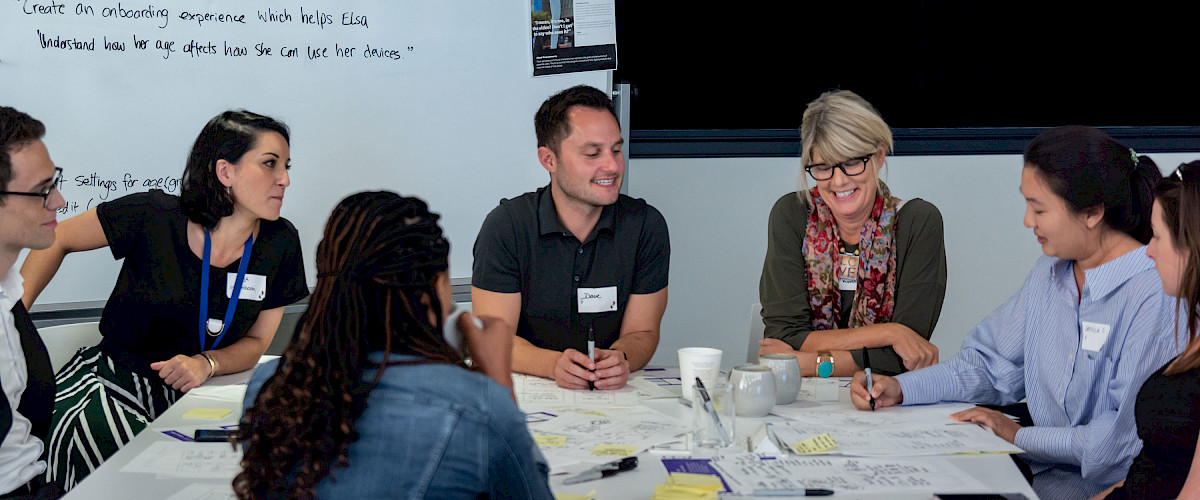
TTC Labs is organising a series of Design Jams focussed on transparency, safety and control for young people across digital services.
The series brings together industry, policymakers, regulators, academics and civil society to prototype and design people-centred products and experiences. These Design Jams develop ideas and prototypes relating to designing age-appropriate data transparency and control mechanisms and safeguards around the profiling and the personalisation of digital services.
Around the world, including London and Sydney, we are bringing together experts to co-create applied insights and principles. For this series, TTC Labs are taking patterns and ideas from these prototypes, synthesizing findings into an industry-wide design guide. The guide will respond to questions and will set out principles for designing for young people’s transparency, safety and control online (for an example of our research outputs to date, see our report on Data education for audiences).
Design innovative interactions that are transparent and provide safe personalisation and control for young people on digital services while providing a great user experience.
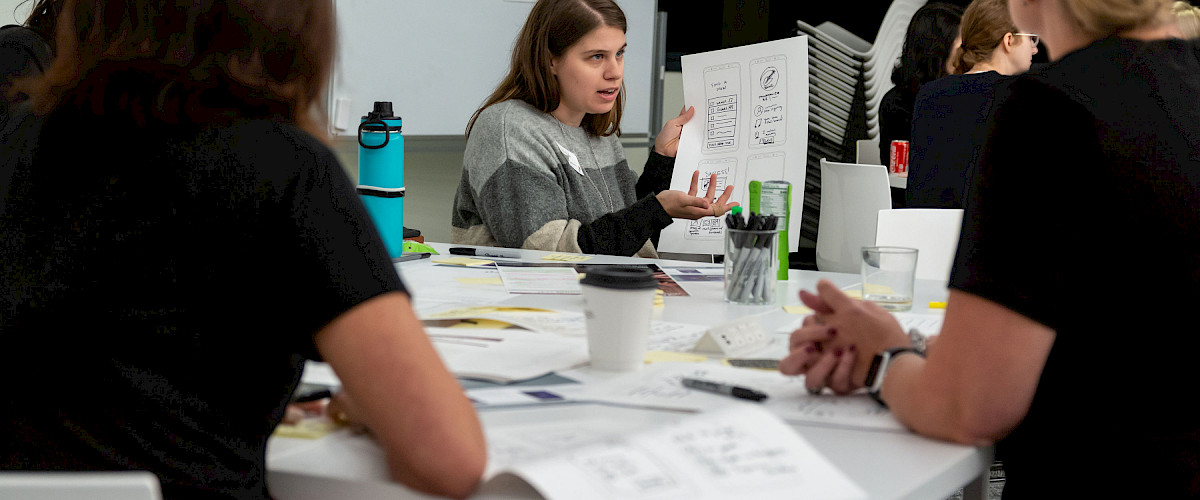
We welcomed experts from a variety of disciplines, including the US design community, industry, civil society, academia, as well as policymakers.
Below is an outline of the stages and exercises that took place at this Design Jam. For everything that you need to facilitate your own workshop, please follow the links to the relevant part of our Toolkit.
Discover
On the morning of the Jam, participants were welcomed and Introduced to Design Jamming. They then took part in discovery exercises around stations:
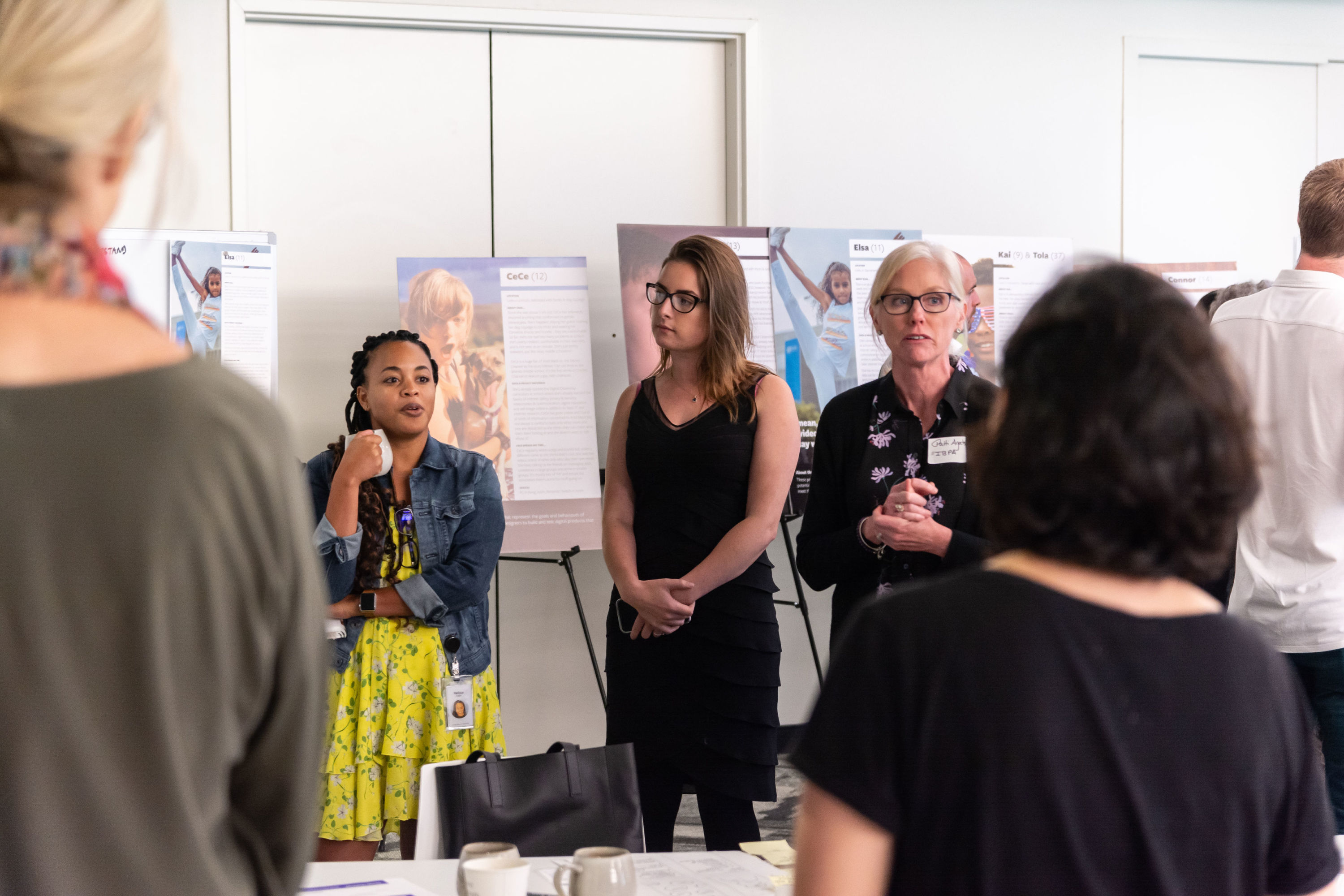
An expert from Data and Society gave a talk to the wider group, followed by a panel discussion with other experts from Facebook, the design agency Beyond and the Berkman Klein Center at Harvard University.
All participants worked to Identify opportunities by writing How Might We's on Post-Its during these presentations, and these notes were collected by the facilitation team who placed them on the wall of the day, grouping them into key thematic areas that included:
- How might we build experiences that allow for young people transitioning between identities, accounting for how they might change their minds as they grow?
- How might next generation tools and tech allow young people to responsibly access their digital footprint?
- How might actors work in tandem to build educational resources to help young people understand how data works?
Ideate & Prototype
After lunch, the wall of the day was reviewed before moving into the Team kickoff. The teams were also given personas of young people to Understand people.
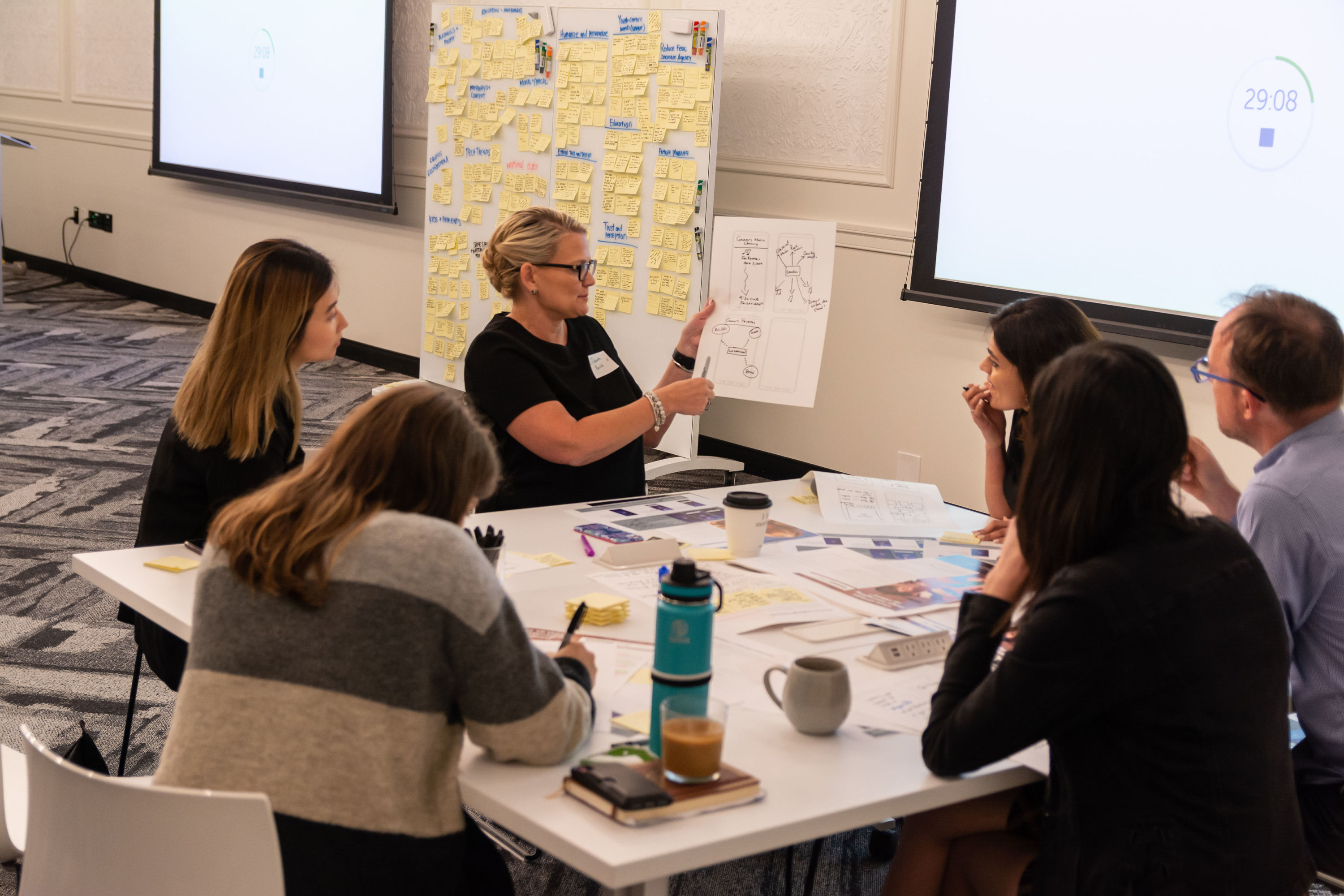
Each multidisciplinary team focussed on imagining transparency-focussed design patterns on different areas of fictional mobile apps, and they were given data use briefs for these Apps accordingly:
- Friendlee - social app which allows people to organise their different friendship groups and share photos, videos, messages and manage events within each group
- Loco - image sharing via messaging and ephemeral feeds
- Tale - an augmented reality gaming storytelling game for young people
- Lemon - an Operating System (OS)
- Ditto - a companion app for a connected speaker system with a voice-activated virtual assistant
- Fanfare - a digital music app that connects people to their preferred music based on their preferences and tastes
Teams completed Challenge statements to define and refine their focus on a specific part of the challenge for each fictional app.
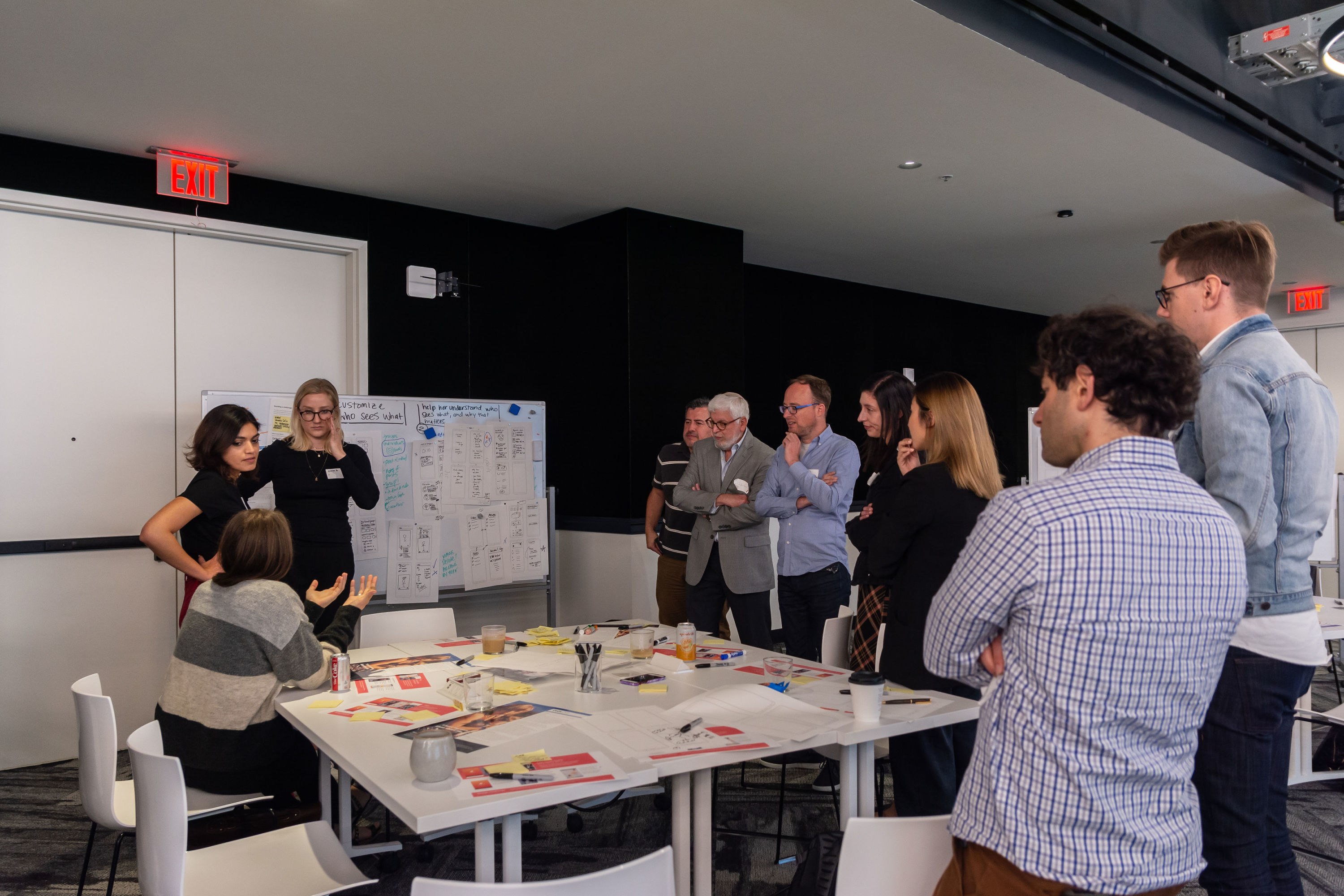
The facilitators Set brainstorming rules and introduced the teams to Sketching ideas. Teams moved from sketching ideas and receiving Feedback from other teams to Building digital prototypes of a single idea.
Each team worked on a presentation to Create a pitch, telling the story of their design patterns back to the whole group and receiving Feedback from experts at the end of the day.
Prototypes included the following: